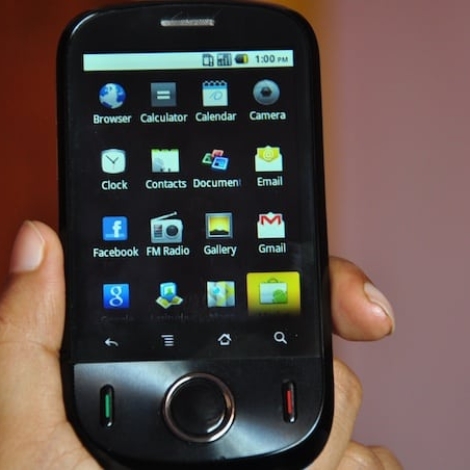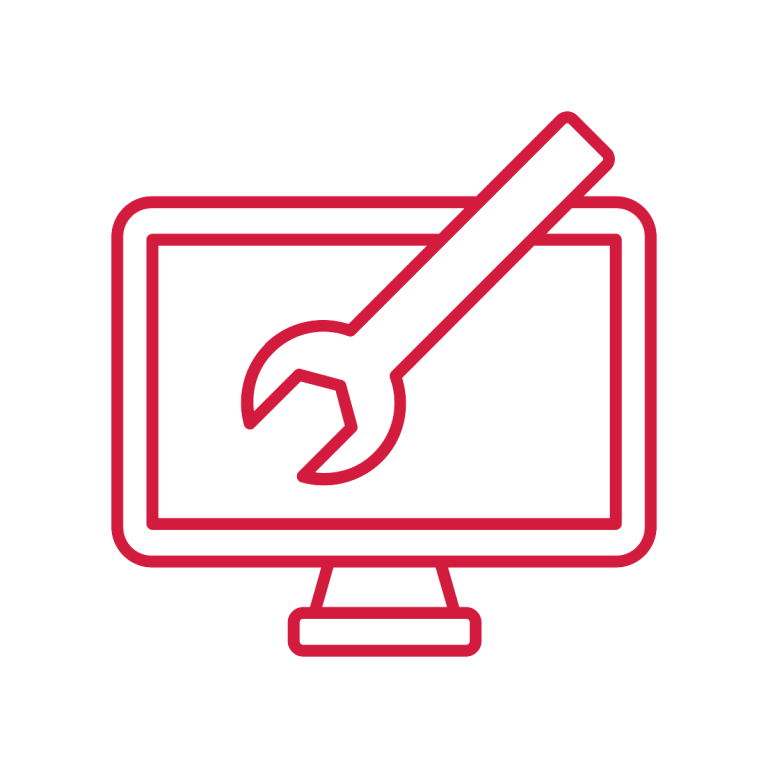At about $85, Huawei’s IDEOS shows that smart phones are becoming affordable in emerging markets.
When the Android-based IDEOS made headlines for its sales in Kenya, we wondered if this was the smart phone that Africa has been waiting for. At around $85 through Kenya’s main telecom, Safaricom, the phone breaks a price barrier and begins to democratize access to mobile computing in emerging markets. The phone has shortcomings—low battery life, data usage that can drain bank accounts, and its price, which is still too high for the 40% of Kenyans who earn less than $2 per day. Even so, it may be the closest thing yet to a mobile computing panacea in the developing world.
So, should the designers of useful apps that promote health, education and business in emerging markets focus only on Android? Not so fast. To experts in the field, the value of this phone seems to have come as a pleasant surprise, but there are cheaper alternatives. And other kinds of devices are filling niches in the mobile computing ecosystem. With that in mind, a narrow focus on Android could be a mistake that leaves lots of mobile computing device owners out in the cold.
The potential
Jeremy Ford at Singularity Hub recently pointed to IDEOS’s success in Kenya as evidence that Android is winning the platform race in the developing world. “There’s enormous potential for low-end phones in developing markets, and Android is taking charge,” Ford writes.
It’s true that the phone is popular. In May, five months after its release, the phone’s maker Huawei announced that it was approaching 100,000 sales in Kenya. It’s the phone of choice among the coders at iHub, Nairobi’s technology hub. “It’s not the best Android phone, but it’s the cheapest you’ll find anywhere, and it works well for most things. It’s a game changer on the consumer side,” iHub founder Erik Hersman told E4C.
With the droves of new smart phone users this phone has ushered onto the mobile internet, David Talbot at Technology Review singled it out as an instigator of the app innovation in Kenya.
After those reports, Eric Brewer, who heads the Technology and Infrastructure for Emerging Regions research group at the University of California, Berkeley, wrote on TIER’s list serve that, “I feel like I have been waiting for this day since 2003.” The low-priced device is “a nice combination of Moore’s Law, Chinese manufacturing and open-source software,” Brewer wrote. He called it a “truly great enabler for developing regions.” All that’s missing, he said, are more content and apps that make sense.
Some of that content may maturing or on the way. There has been an app and software explosion in Kenya and other emerging markets. A lot of the innovation is in mobile health services, market information and other services for farmers and business owners, mobile banking, such as Safaricom’s M-Pesa and crowd-sourced mapping and information-gathering tools.
Price: Still a sticking point
It’s important to note that many of these phone services are SMS-based, or can be, so they work on phones that cost just a few dollars. “Given that the vast majority of Kenyans owns phones sold at $20-$30, I think that the most interesting news for mobile users in Kenya at the moment is that Safaricom is selling a basic phone with GPRS Internet for $21, [Alcatelt’s OT 306]” Ugo Vallauri, a doctoral candidate at London’s ICT4D (information and communications technology for development) Collective at the University of London, who is conducting research in ICT and agriculture in Kenya, wrote on TIER’s list serve.
In August, Nokia also debuted two new phones for emerging markets that cost $30-35. Neither of them are Internet-capable, but they can tap into Nokia’s Life Tools system. Life Tools, an entry in E4C’s Solutions Library, is an SMS-based service that provides information on topics such as healthcare, agriculture and education.
In Kenya, and among the world’s four billion people who earn less than $4 per day, those are the kinds of prices and services that Android and other platforms may have to match to gain relevance as tools for widespread economic development.
One major chip maker may be taking on the challenge. Marvell Technology Group, one of the world’s leading chip makers for TVs, phones, gaming systems and other devices, is developing hardware for future low-cost Android phones for emerging markets, the TIER group reports (Marvell’s founders, the Sutardja brothers, are UCB graduates).
Think inclusively
Even with cheaper smart phones on the drawing board, however, other cheap phones proliferate. And let’s not forget the PC. Mobile devices may be entering the market four times faster than desktops or laptops, as Microsoft mentioned in Durban, South Africa. But, by ignoring PCs, we may also have to ignore the potential for local interactive content and programming, Tapan Parikh, also at UCB.
So, with the stubborn (or exciting?) diversity of devices and platforms, what should developers do?
Parikh suggests designing for heterogeneity. “The developing world will have a diverse mix of Internet, phone and tablet-based users, among other form factors, much like we will see in the United States or elsewhere,” Parikh says. “Catering specifically to one or the other, and not considering how these devices will work in unison, leads at best to sub-optimal solutions, and at worst to reinforcing existing inequalities.”
The SMS-based mFarm is an example of this kind of diversity in design, and Parikh also mentions OpenDataKit, FrontlineSMS, Ushahidi, and the lesser-known Awaaz.De, a phone-in and recorded phone message calling system, administered on a PC that can coordinate groups, such as farmers.
Those kinds of services are valuable now, while smart phone prices are still too high for many consumers, and it still doesn’t make financial sense to throw out a PC. Near the end of his rant (his word) Parikh said something that encapsulates this argument: “If development is the agenda, accessibility has to be priority number one.”

